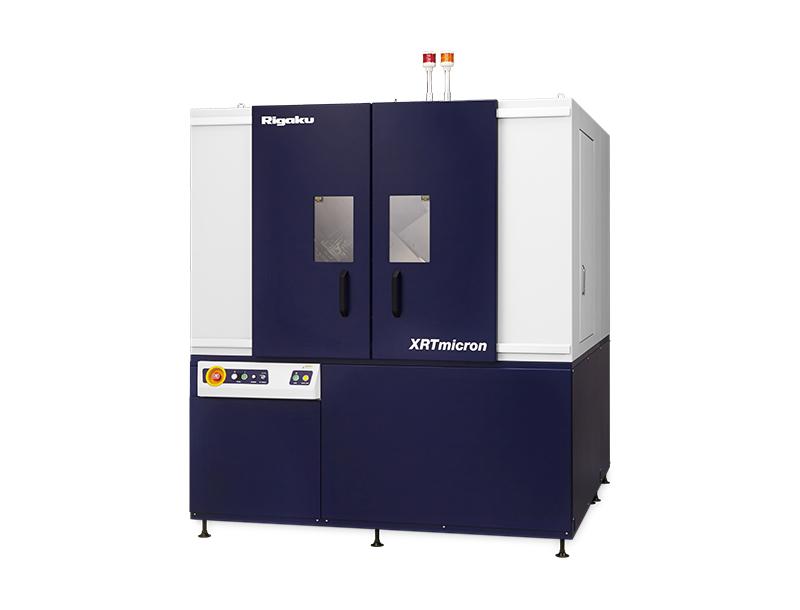XRTmicron
Features
- High-brilliance dual-wavelength X-ray source: MicroMax-007 DW
- High resolution CCD camera: XTOP (5.4 μm pixels)
- Ultra-high resolution CCD camera: HR-XTOP (2.4 μm pixels)
- Horizontal sample mount for minimum artificial strain to wafers
- Automatic wafer curvature correction for best dislocation image quality
- Automated system operation including X-ray anode switch, detector switch, optics switch and alignment, sample alignment, and image collection
- Automated dislocation analysis
- 3, 4, 6, 8, 12 inch wafers supported
- Wafer loader compatible
X-ray topography imaging system
For non-destructive evaluation of single-crystalline materials
Specifications
| Product name | XRTmicron |
| Technique | X-ray topography |
| Benefit | Non-destructive evaluation of single-crystalline materials |
| Technology | Imaging using X-rays |
| Core attributes | High-flux multi-target X-ray source, CCD imager |
| Core options | XTOP or HR-XTOP CCD |
| Computer | External PC, MS Windows® OS, |
| Core dimensions | 1800 (W) x 1800 (H) x 1870 (D) (mm) |
| Mass (core unit) | 2200 kg |
| Power requirements | 3Ø, 200 V, 15 A |





